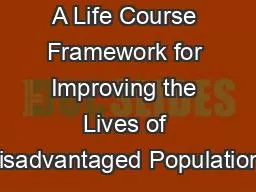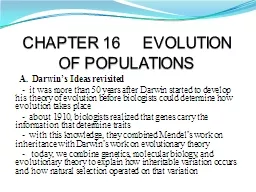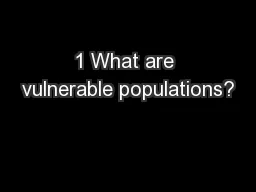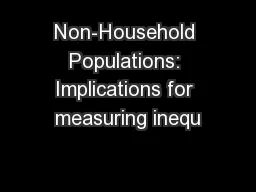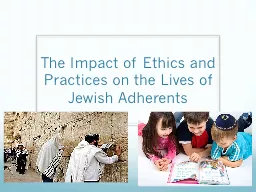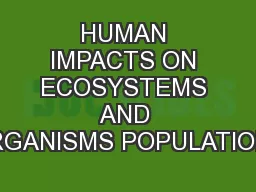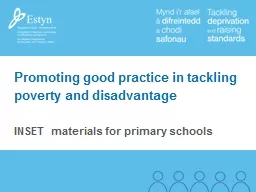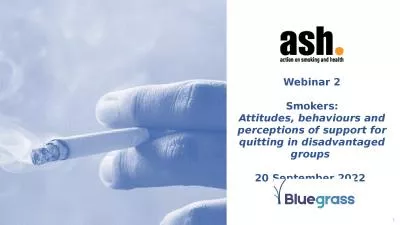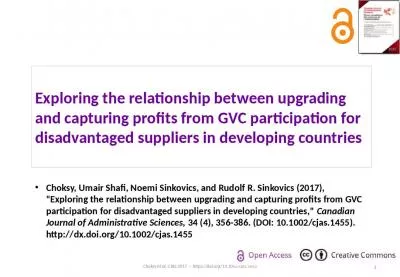PPT-A Life Course Framework for Improving the Lives of Disadvantaged Populations
Author : mojartd | Published Date : 2020-11-06
Arnold Chandler Forward Change 2 Understanding How Structural Changes Have Produced Intergenerational Cycles of Disadvantage A Life Course Framework for Improving
Presentation Embed Code
Download Presentation
Download Presentation The PPT/PDF document "A Life Course Framework for Improving th..." is the property of its rightful owner. Permission is granted to download and print the materials on this website for personal, non-commercial use only, and to display it on your personal computer provided you do not modify the materials and that you retain all copyright notices contained in the materials. By downloading content from our website, you accept the terms of this agreement.
A Life Course Framework for Improving the Lives of Disadvantaged Populations: Transcript
Download Rules Of Document
"A Life Course Framework for Improving the Lives of Disadvantaged Populations"The content belongs to its owner. You may download and print it for personal use, without modification, and keep all copyright notices. By downloading, you agree to these terms.
Related Documents

